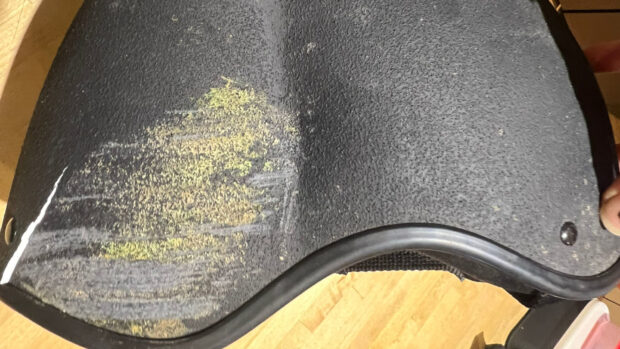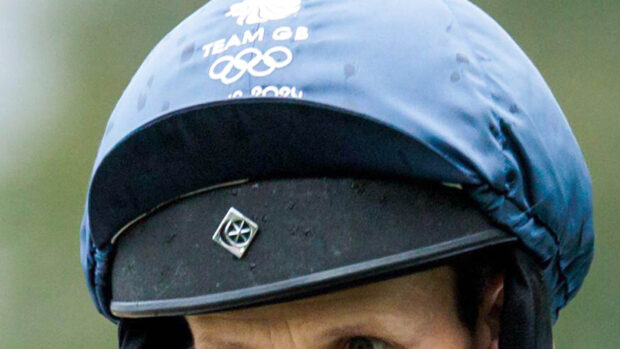The British Horseracing Authority (BHA) is extending its trial of padded hurdles at UK racecourses.
The trial began at Newton Abbot in 2013 and the following year Taunton also began using the new One Fit padded hurdles.
Bangor-on-Dee and Uttoxeter joined earlier this year with Kelso and Exeter as the latest additions to the extended study.
The faller rate over the hurdles since it started has been 1.59% — 56 fallers out of 3,525 runners — which is a drop of 0.5% compared to the 10-year average across all hurdles.
“The statistics so far have been very encouraging in terms of safeguarding horse and rider welfare,” said Richard Linley, the BHA’s senior inspector of courses.
“Fewer fallers means safer racing, and the design of the hurdle means that when there is a fall the risk of injury to horse and rider is reduced.
“There have also been benefits for the racecourses taking part in the trial with less hurdle breakages occurring to the padded design.
“We would hope the trends continue in this positive manner.”
The design, developed by Mr Linley, features a modified hurdle frame with a custom-fitted close-cell foam pad that replaces the traditional birch.
Statistics indicate that there would be around 90-100 fewer fallers a year if the hurdles were used on all British racecourses.
Jamie Stier, director of raceday operation and regulation at the BHA, said welfare is the “number one priority” for the organisation.
“We are always looking at ways to improve safety for both horse and rider, and the indications are that the One Fit padded hurdle is having a positive impact.
“The padded hurdle has produced faller rates that are lower than the national average on all of the racecourses included in the trial.
“The further expansion to incorporate a total of six racecourses is important as it will allow us to expand the data and gain further understanding of how the hurdle performs at numerous racecourses under different conditions.”
Related articles:
- Innovative hurdle installed at racecourse
- Racing to improve concussion care for jockeys
- Racing bodies sign up to mental health charter
Anthea Morshead, clerk of the course at Kelso, added she has been “very impressed” by the statistics.
“The hurdle pad fits tight into the frame of the hurdle and prevents the top bar being kicked out leaving the wooden spars of the frame exposed for horses following behind,” she said.
“It is an obvious development on from the padded legs and top rails that we currently use, and any improvement in horse welfare has to be a step in the right direction.
“A bonus for our ground staff is that the pads are light and easier to apply to the frame than threading hurdles with birch, and trials so far have resulted in less breakages.”




